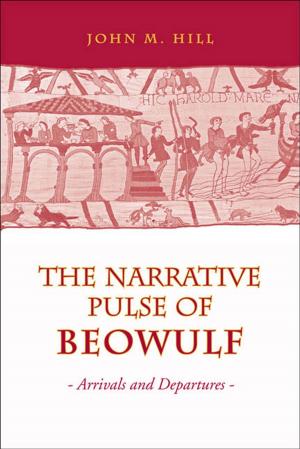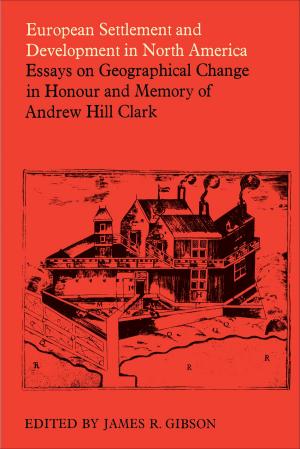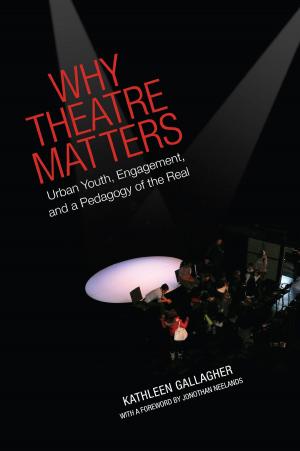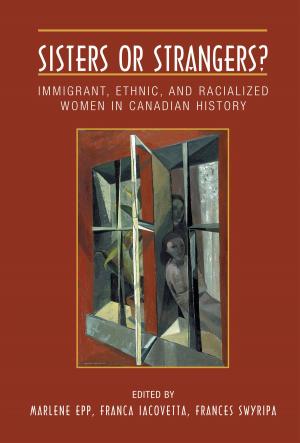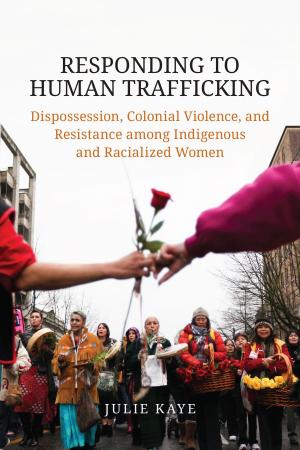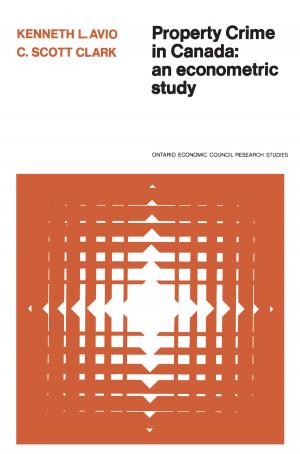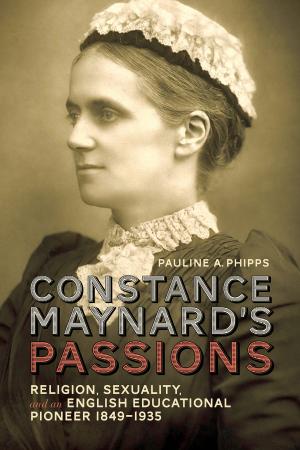The Many Rooms of this House
Diversity in Toronto's Places of Worship Since 1840
Nonfiction, History, Americas, Canada, Religion & Spirituality, Reference| Author: | Roberto Perin | ISBN: | 9781487510619 |
| Publisher: | University of Toronto Press, Scholarly Publishing Division | Publication: | May 8, 2017 |
| Imprint: | Language: | English |
| Author: | Roberto Perin |
| ISBN: | 9781487510619 |
| Publisher: | University of Toronto Press, Scholarly Publishing Division |
| Publication: | May 8, 2017 |
| Imprint: | |
| Language: | English |
Places of worship are the true building blocks of communities where people of various genders, age, and class interact with each other on a regular basis.These places are also rallying points for immigrants, helping them make the transition to a new, and often hostile environment.
The Many Rooms of this House is a story about the rise and decline of religion in Toronto over the past 160 years. Unlike other studies that concentrate on specific denominations, or ecclesiastical politics, Roberto Perin’s ecumenical approach focuses on the physical places of worship and the local clergy and congregants that gather there. Perin’s timely and nuanced analysis reveals how the growing wealth of the city stimulated congregations to compete with one another over the size, style, materials, and decoration of their places of worship. However, the rise of individualism has negatively affected these same congregations leading to multiple church closings, communal breakdown, and redevelopments. Perin’s fascinating work is a lens to understanding how this once overwhelmingly Protestant city became a symbol of diversity.
Places of worship are the true building blocks of communities where people of various genders, age, and class interact with each other on a regular basis.These places are also rallying points for immigrants, helping them make the transition to a new, and often hostile environment.
The Many Rooms of this House is a story about the rise and decline of religion in Toronto over the past 160 years. Unlike other studies that concentrate on specific denominations, or ecclesiastical politics, Roberto Perin’s ecumenical approach focuses on the physical places of worship and the local clergy and congregants that gather there. Perin’s timely and nuanced analysis reveals how the growing wealth of the city stimulated congregations to compete with one another over the size, style, materials, and decoration of their places of worship. However, the rise of individualism has negatively affected these same congregations leading to multiple church closings, communal breakdown, and redevelopments. Perin’s fascinating work is a lens to understanding how this once overwhelmingly Protestant city became a symbol of diversity.

